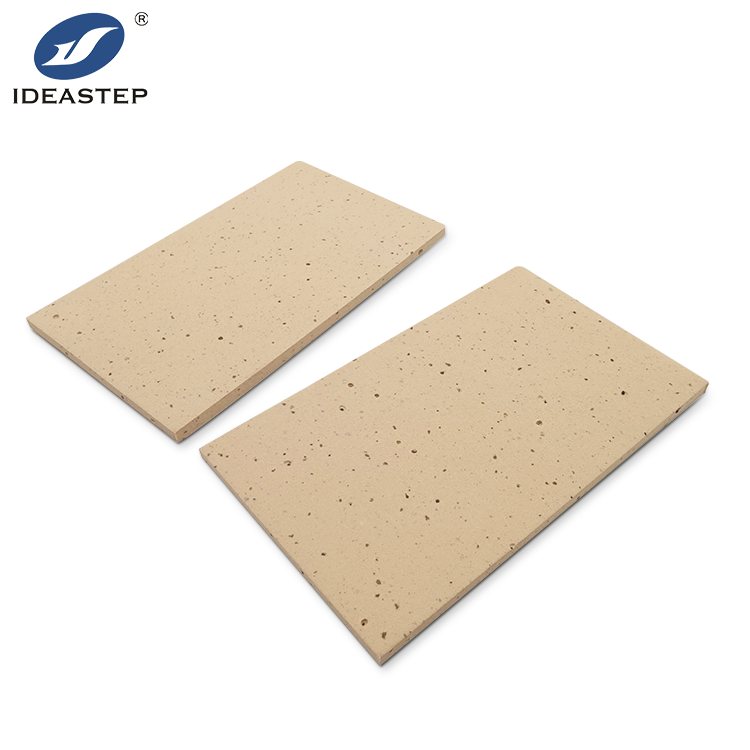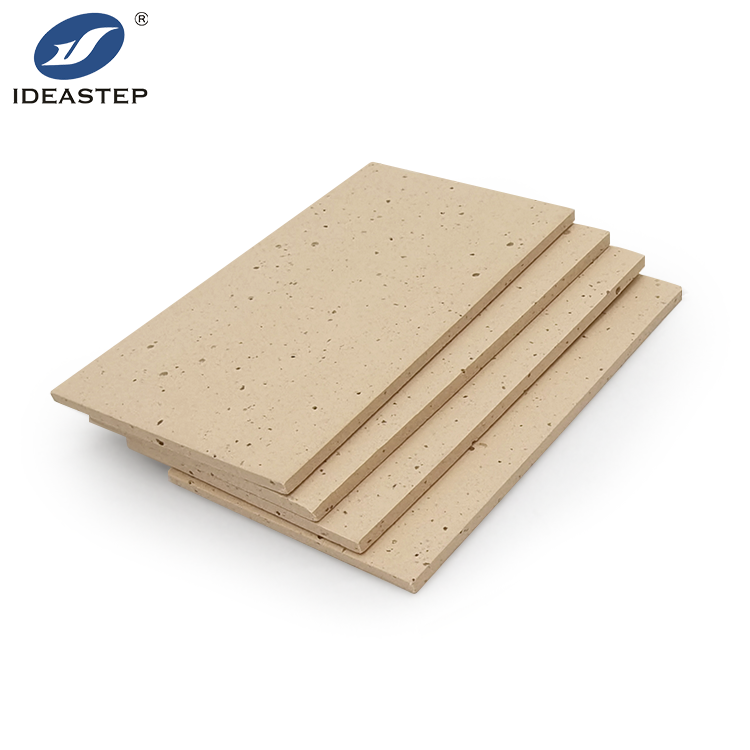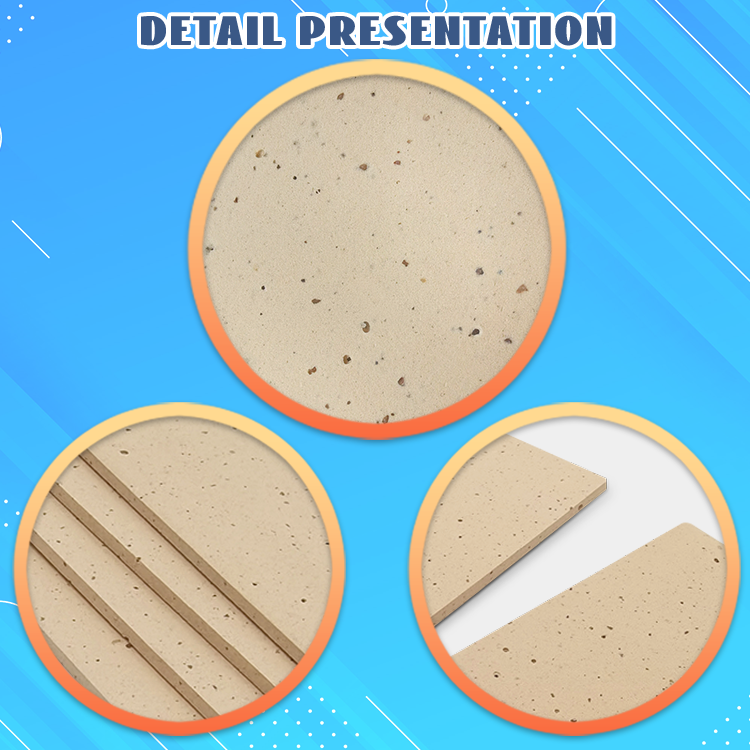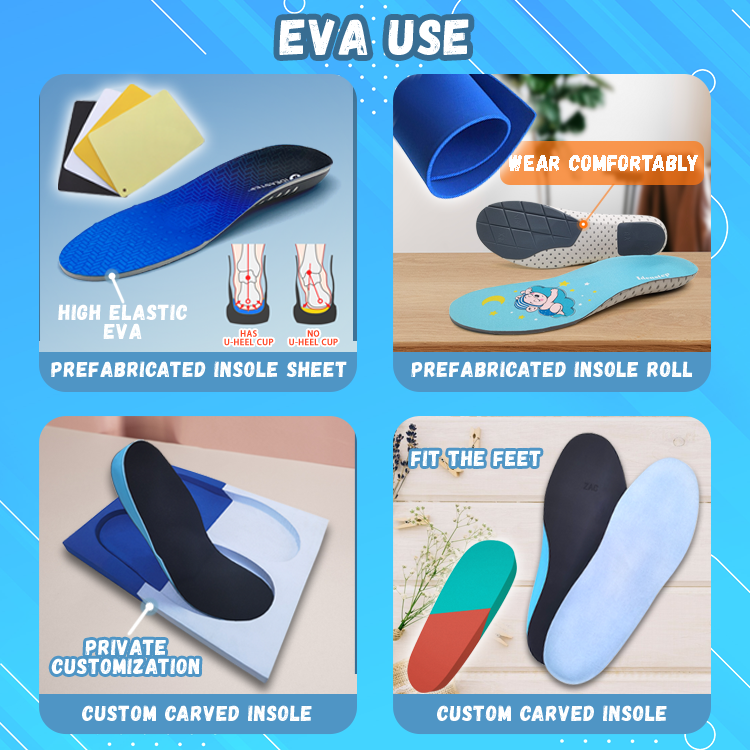EVA foam sheets are considered very flexible, durable, and resistant to shock. Among the most important factors that help derive maximum performance from these sheets and extend their service life is insight into the major factors affecting their durability. This article expounds on the different aspects that affect the durability of EVA foam sheets, hence helping readers make informed decisions with respect to their maintenance and use.
1. Material Quality
Definition and Importance
The quality of EVA foam sheets can vary based on the makeup and grade. Higher quality EVA foams result from purer materials with added elements that boost their durability to perform well throughout their service life, withstanding wear and environmental elements.
Impact on Service Life
The high-quality material makes the foam more resilient to breaking forces or some other corrugating factors. This can make the lower-grade foams decay earlier and reduce their effective life.
Tests and Standards
The quality of EVA foams is regulated through industry standards, either ASTM or ISO, that set a benchmark for durability and performance evaluation considering foam sheets. Adherence to these standards would enable assurance that the EVA foam meets the required criteria about its longevity.

2. Environmental Conditions
Exposure to UV Light
Direct sunlight exposure over a long period may cause EVA foam sheets to degrade, thus becoming brittle and hence losing flexibility. UV light will break the chemical bonds of the foam, quickening its degradation.
Temperature Variations
Extreme temperatures, either high or low, can alter the features of the EVA foam. Extremely high temperatures will soften the foam, generally leading to deformation, while low temperatures will make it brittle and easily breakable.
Humidity and Moisture
Moisture can diffuse into EVA foam and make it swell, grow mold, and degrade over time. It is, therefore, very critical to ensure that the EVA foam sheets are kept away from excessive humidity and water to protect its integrity.

3. Mechanical Stress and Usage
Load and Compression
A continuous load or compression applied to EVA foam may cause permanent compression, which reduces the cushioning and shock-absorbing properties of the foam over time.
Abrasion and Wear
The surface of the EVA foam sheets may wear away through physical abrasion from friction or rough surfaces. This wear may make the foam compromise its performance and thus lead to faster degradation.
Repetitive Stress
Repeated stress and flexing may result in fatigue in EVA foam sheets. Repeated motion can lead to the creation of cracks and fractures, material weaknesses that further reduce the useful lifetime of the foam.

4. Chemical Exposure
Solvents and Cleaning Agents
Exposure to hard solvents or cleaning agents is most likely to weaken the chemical structure of EVA foam, hence degradation. In the process of maintaining EVA foams, only mild, less abrasive cleaners should be used.
Pollutants and Contaminants
Environmental pollutants and contaminants react with the EVA foam and result in faster break down. Keeping the foam from these pollutants will help elongate the life of the foam.
Preventive Measures
Protective measures, such as covers or barriers, will protect EVA foam from many chemicals and pollutants, and this would ensure its nature of being long-lasting.

5. Maintenance and Care
Routine Cleaning
Cleaning, when deemed necessary, is done so to retain the visual aspect of an EVA foam sheet. This would also prevent loss of functional operation because of the impact on the cellular structure of the material that the cleaning process might have caused. Avoid cleaners that are abrasive or have excessive moisture content.
Proper Storage
Store EVA foam sheets in a cool, dry place away from direct sunlight and extreme temperatures. This will help prevent degradation before its time.
Repair and Restoration
Minor damages, if attended to in time, will help prevent further deterioration. Easy repairs and restorations can help extend the life of EVA foam sheets and ensure long-term performance.

Conclusion
The long-term durability of EVA foam sheets as a material will be founded on several factors: material quality, environmental conditions, mechanical stresses, exposure to chemicals, and proper maintenance. When you understand and attend to these factors, you shall be able to ensure that your EVA foam sheets perform to the best of their abilities for the longest time.
Frequently Asked Questions
What are the major factors for degradation of EVA foam sheets?
The major contribution factors include UV exposure, temperature variations, moisture, mechanical stress, and chemical exposures.
How can the life expectancy of my EVA foam sheets be expanded?
Apply high-quality raw materials and protect them from environmental extremes; limit mechanical stresses, avoid harmful chemicals, and apply proper caring techniques.
Are there specific environmental conditions that more seriously damage EVA foam sheets?
Yes, exposure to UV, extreme temperatures, and high humidity are especially destructive factors for EVA foam sheets.
What are the best practices for conserving EVA foam sheets?
The EVA foam sheets should be cleaned as frequently as possible, stored well, and small damages repaired immediately.
